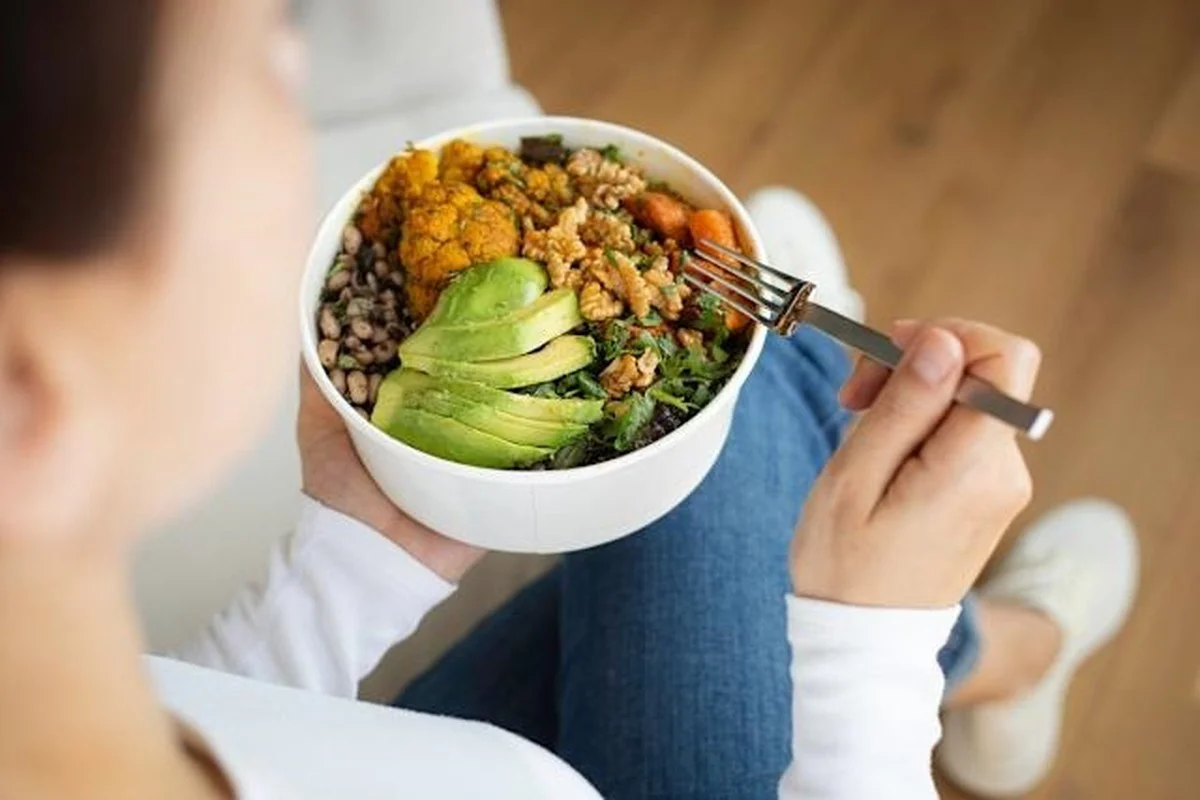02/08/2025
02/08/2025

NEW YORK, Aug 2: A growing nutrition trend, known as “fibermaxxing,” is gaining momentum across social media platforms, encouraging people to significantly increase their fiber intake. As millions of posts tagged with #fibermaxxing go viral, many are asking: Is it possible to have too much of a good thing?
The term refers to eating large amounts of dietary fiber, often meeting or exceeding the recommended daily intake. While protein has long dominated nutrition discussions, rising health concerns—such as increasing rates of colon cancer—have brought fiber into sharper focus.
A registered dietitian active on social media has supported the trend, offering insights into how to follow it properly. She notes that many people report symptoms such as bloating or gas when increasing fiber suddenly, leading to a misconception that fiber is inherently problematic.
These symptoms, however, are often a temporary response from the gut, especially if the body is unaccustomed to fermenting high amounts of fiber. A slow and gradual increase in intake can help avoid discomfort.
Gradually increasing fiber intake
For those with little fiber in their current diet, the recommended approach is to start with around 5 grams per day, then add 5 grams each week as tolerated. It's also important to drink plenty of water, since fiber needs hydration to aid digestion effectively.
According to official dietary guidelines, the recommended fiber intake is at least 25 grams per day for women under 50 and 31 grams for men in the same age group.
High-fiber foods to consider
Some of the most accessible and versatile sources of fiber include:
- Beans and legumes (one cup provides about 6–8 grams)
- Whole grains such as quinoa, oats, and barley
- Fruits and nuts for snacking
- Vegetables, ideally making up half the plate during meals
These foods not only boost fiber intake but are also nutrient-rich and affordable.
The health benefits of fiber
Soluble fiber plays a key role in digestive health, as it feeds beneficial gut bacteria. It also helps remove LDL (bad) cholesterol from the digestive tract and supports more stable blood sugar levels by slowing the absorption of glucose.
Experts emphasize that fiber offers a wide range of health benefits beyond digestion. It helps regulate blood sugar, reduce inflammation, bind toxins, and can lower the risk of conditions such as colon cancer. Despite this, studies show that about 95% of people do not consume enough fiber.
Realistic ways to boost fiber intake
To help visualize daily fiber needs, one expert equates it to the fiber found in seven apples or eleven bananas—though a varied diet is recommended for meeting fiber goals. Practical tips include:
- Adding beans or lentils to salads
- Eating a half-cup of nuts for about 8 grams of fiber
- Including 2–3 handfuls of vegetables in meals
- Starting the day with chia seeds and fruit in oatmeal, which can provide up to 20 grams of fiber
While fiber has become a trending topic, health professionals agree that dietary changes should be approached thoughtfully and in consultation with a healthcare provider. Incorporating fiber into a balanced diet, paired with regular exercise and healthy habits, can have lasting positive effects on overall health.


